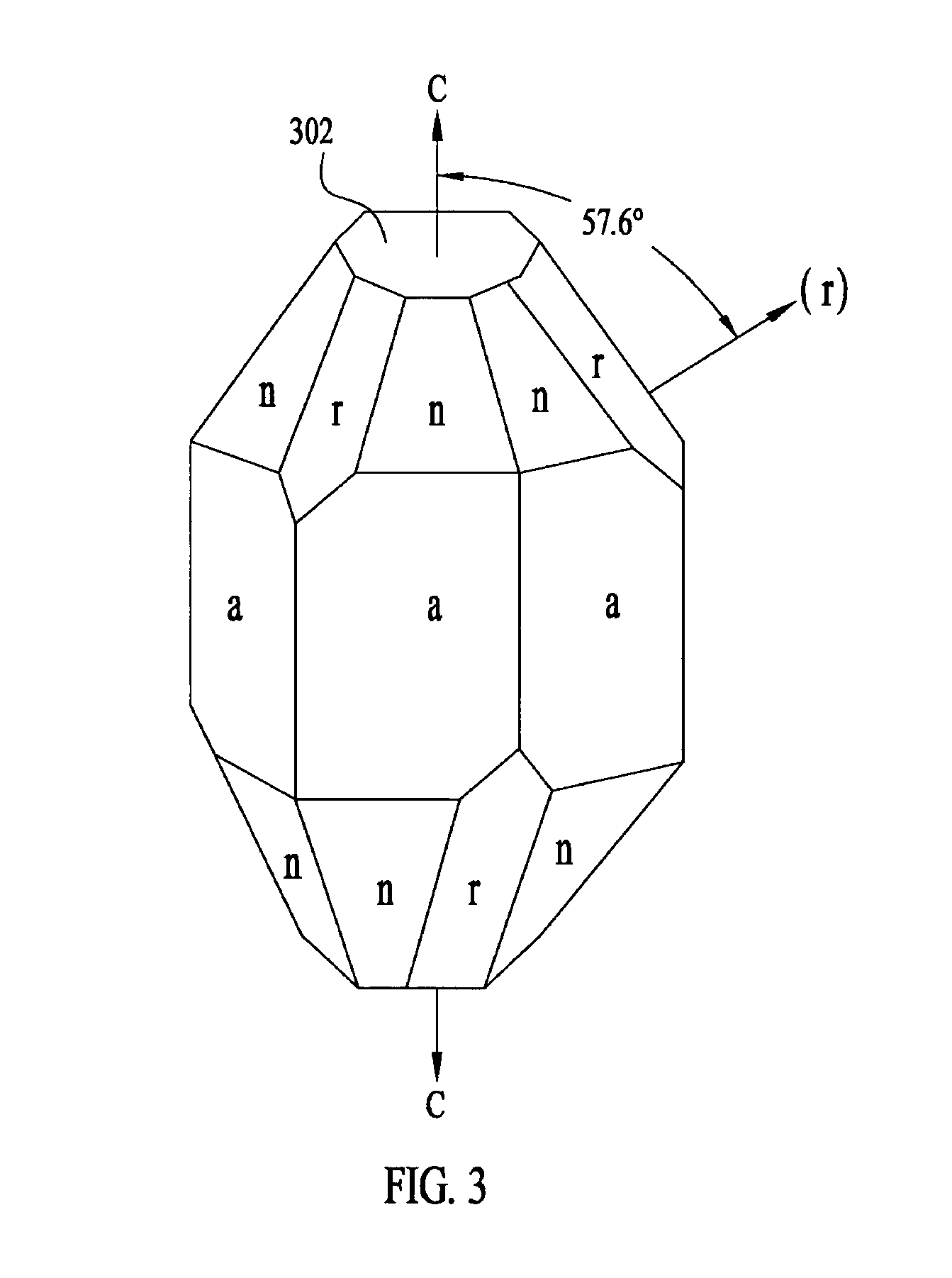Silicon-on-sapphire display with audio transducer and method of fabricating same
a technology of liquid crystal displays and audio transducers, which is applied in non-linear optics, instruments, optics, etc., can solve the problems of limiting the integration of display driving circuitry heretofore to thin film transistors, and fabricating the displays on transparent glass or quartz substrates
- Summary
- Abstract
- Description
- Claims
- Application Information
AI Technical Summary
Benefits of technology
Problems solved by technology
Method used
Image
Examples
Embodiment Construction
[0017]Following is a glossary of terms used to describe the Silicon-On-Sapphire Display With Audio Transducer and Method of Fabricating Same. The definitions set forth in the glossary are representative of the intended meanings as used herein.
Glossary
[0018]The term “audible” means capable of being heard; typically by an average human ear; including frequencies normally in the range of about 15 to about 20,000 hertz.
[0019]FIG. 1 shows a SOS display 10. Display 10 includes nematic liquid crystal display 12, display drivers 14, very large scale integration (VLSI) circuitry 16, and audio transducer 13 monolithically integrated on an improved ultra-thin silicon-on-sapphire (UTSOS) wafer 11.
[0020]Liquid crystal display 12 includes an array of one or more pixel elements, which may be individually addressed so that display 12 presents an image for viewing or projection. By way of example, a 1000 pixel×1000 pixel display may be incorporated into display 12, but it is recognized that any numb...
PUM
| Property | Measurement | Unit |
|---|---|---|
| thickness | aaaaa | aaaaa |
| frequencies | aaaaa | aaaaa |
| temperature | aaaaa | aaaaa |
Abstract
Description
Claims
Application Information
 Login to View More
Login to View More - R&D
- Intellectual Property
- Life Sciences
- Materials
- Tech Scout
- Unparalleled Data Quality
- Higher Quality Content
- 60% Fewer Hallucinations
Browse by: Latest US Patents, China's latest patents, Technical Efficacy Thesaurus, Application Domain, Technology Topic, Popular Technical Reports.
© 2025 PatSnap. All rights reserved.Legal|Privacy policy|Modern Slavery Act Transparency Statement|Sitemap|About US| Contact US: help@patsnap.com



